Expansion of Point-of-Care Testing
The expansion of point-of-care testing (POCT) is emerging as a critical driver for the Ultrasound Probes Market. POCT facilitates immediate diagnostic results, which is particularly beneficial in emergency and critical care settings. The increasing emphasis on rapid diagnosis is propelling the demand for portable ultrasound probes that can be utilized at the bedside. Recent statistics indicate that the POCT market is anticipated to grow at a compound annual growth rate of over 10% in the coming years. This growth is likely to be mirrored in the ultrasound probes segment, as healthcare providers seek efficient solutions that enhance patient care. The ability to perform ultrasound examinations in various settings, including outpatient clinics and remote locations, underscores the importance of this trend in shaping the future of ultrasound technology.
Rising Demand for Non-Invasive Procedures
The growing preference for non-invasive diagnostic procedures is significantly influencing the Ultrasound Probes Market. Patients increasingly favor ultrasound examinations due to their safety, lack of radiation exposure, and minimal discomfort. This trend is reflected in the rising number of ultrasound procedures performed annually, with estimates suggesting that over 30 million ultrasound examinations are conducted each year in various medical fields. As healthcare providers seek to meet patient demands for safer diagnostic options, the adoption of ultrasound probes is likely to increase. Moreover, the versatility of ultrasound technology in applications ranging from obstetrics to cardiology further supports its expanding role in non-invasive diagnostics. This shift towards non-invasive methods is expected to drive market growth and innovation in ultrasound probe technology.
Aging Population and Chronic Disease Prevalence
The aging population and the rising prevalence of chronic diseases are pivotal factors driving the Ultrasound Probes Market. As the global demographic shifts towards an older population, the demand for diagnostic imaging services, including ultrasound, is expected to rise. Older adults are more susceptible to conditions such as cardiovascular diseases and cancers, necessitating regular monitoring and diagnostic evaluations. Data suggests that by 2030, the number of individuals aged 65 and older will surpass 1 billion, further intensifying the need for effective diagnostic tools. Consequently, ultrasound probes are likely to see increased utilization in routine health assessments and disease management. This demographic trend indicates a sustained demand for ultrasound technology, which may lead to further innovations and enhancements in probe design and functionality.
Technological Advancements in Ultrasound Probes
The Ultrasound Probes Market is experiencing a notable transformation due to rapid technological advancements. Innovations such as 3D and 4D imaging capabilities are enhancing diagnostic accuracy and patient outcomes. Furthermore, the integration of artificial intelligence in ultrasound technology is streamlining image analysis, thereby reducing the time required for diagnosis. According to recent data, the market for ultrasound imaging systems is projected to reach approximately USD 8 billion by 2026, driven by these advancements. Additionally, the development of portable ultrasound devices is expanding the accessibility of ultrasound services, particularly in remote areas. This trend indicates a shift towards more efficient and user-friendly ultrasound probes, which could potentially increase their adoption across various healthcare settings.
Increased Investment in Healthcare Infrastructure
Increased investment in healthcare infrastructure is significantly impacting the Ultrasound Probes Market. Governments and private entities are allocating substantial resources to enhance healthcare facilities, particularly in developing regions. This investment is aimed at improving access to advanced medical technologies, including ultrasound imaging systems. Recent reports indicate that healthcare spending is projected to grow by approximately 5% annually, with a notable portion directed towards diagnostic imaging. As healthcare facilities upgrade their equipment, the demand for modern ultrasound probes is likely to rise. Additionally, the establishment of new hospitals and clinics is expected to create further opportunities for ultrasound technology adoption. This trend suggests a positive outlook for the ultrasound probes market, as enhanced infrastructure supports the integration of advanced diagnostic tools into everyday medical practice.


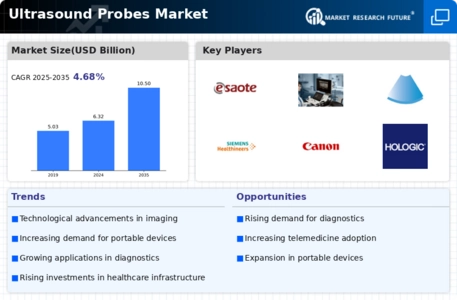
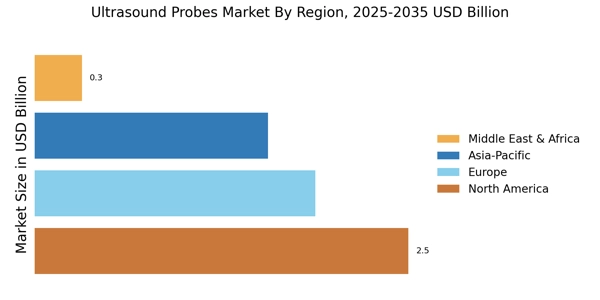
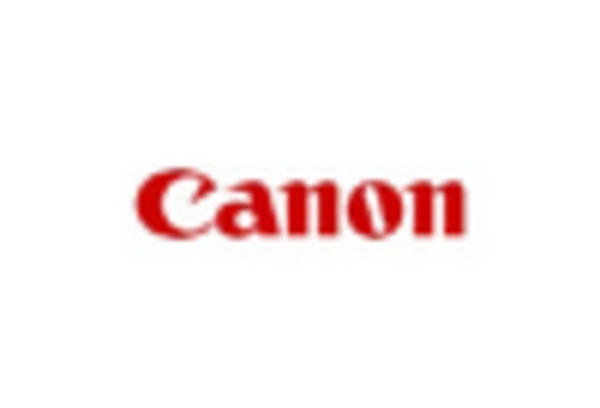
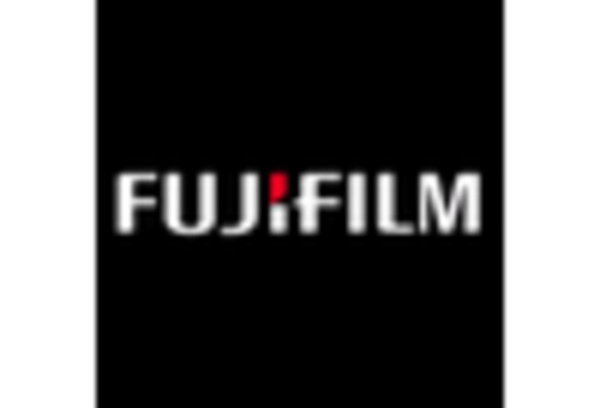

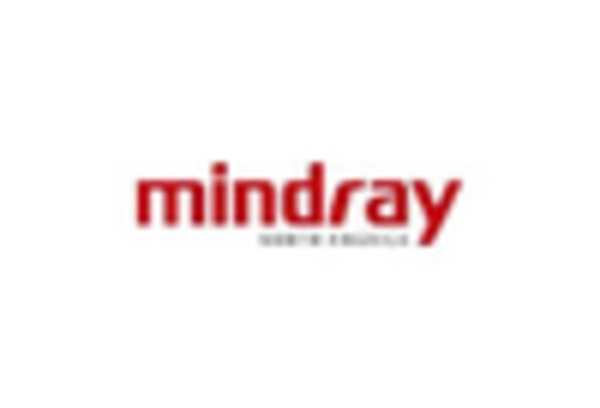










Leave a Comment